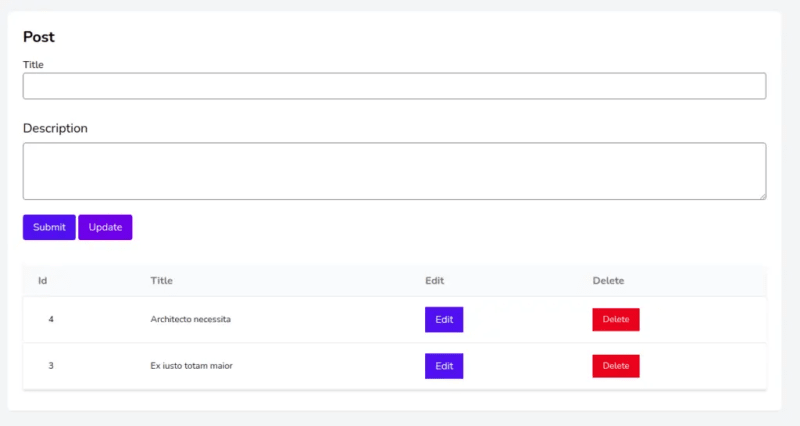What is Image Tagging?
Image tagging involves assigning keywords or tags to images in a database or a digital asset management system. These tags describe the content of the image, making it searchable and more accessible within a large collection. For example, if you run a travel blog, tagging images with specific locations, names, or themes like “Paris,” “Eiffel Tower,” and “sunset” can make it incredibly easy to find the exact images you need for a post about your trip to France.
Why is Image Tagging Important?
Here are the reasons:
Enhanced Searchability: With proper tags, you can quickly retrieve images from a large database without having to manually sift through potentially thousands of files. This is particularly useful in professions where time is of the essence, such as journalism or content creation.
Improved Organization: Image tagging helps categorize and organize your digital assets in a systematic way. This not only speeds up the retrieval process but also ensures a more streamlined workflow when multiple team members are accessing and using the assets.
Better Use of Resources: When images are tagged and easily accessible, it reduces the need for repeated shoots or purchases of similar images. This can lead to significant savings in terms of time and money.
Real-World Examples of Image Tagging
– E-commerce: Online retailers like Amazon use image tagging extensively to manage product photos. Tags based on product type, color, brand, and style help customers and algorithms alike find the right products quickly and efficiently.
– Social Media Platforms: Sites like Instagram and Pinterest rely on image tagging to organize content and make it discoverable. When users tag their photos with specific hashtags, it not only categorizes their content but also connects it to larger, topic-specific collections.
– Medical Archives: In healthcare, tagging medical images (such as MRIs and CT scans) with patient IDs, dates, and specific diagnoses helps in maintaining organized medical records that are easy to access and reference for ongoing patient care.
How to Implement Effective Image Tagging
Consistency is Key: The first rule of effective tagging is consistency. Decide on a specific set of tags for similar images and stick to it. This consistency will prevent confusion and ensure that all users are on the same page.
Use Descriptive Tags: Tags should be descriptive and directly related to the image content. For example, rather than tagging a holiday photo with just “fun,” use more descriptive tags like “beach,” “Hawaii,” “surfing,” and “sunset.”
Leverage AI Tools: Many digital asset management systems now incorporate AI to help with image tagging. These tools can automatically recognize elements in photos and suggest tags, speeding up the process and reducing manual input.
Last words
Image tagging might seem like a small part of managing digital content, but its impact is significant. By efficiently organizing images, you not only save time but also enhance the accessibility and usability of your digital assets. Whether you’re dealing with thousands of product images in an eCommerce store or just organizing personal photos, effective image tagging can transform chaos into order. Start tagging wisely, and watch your digital management troubles simplify!



